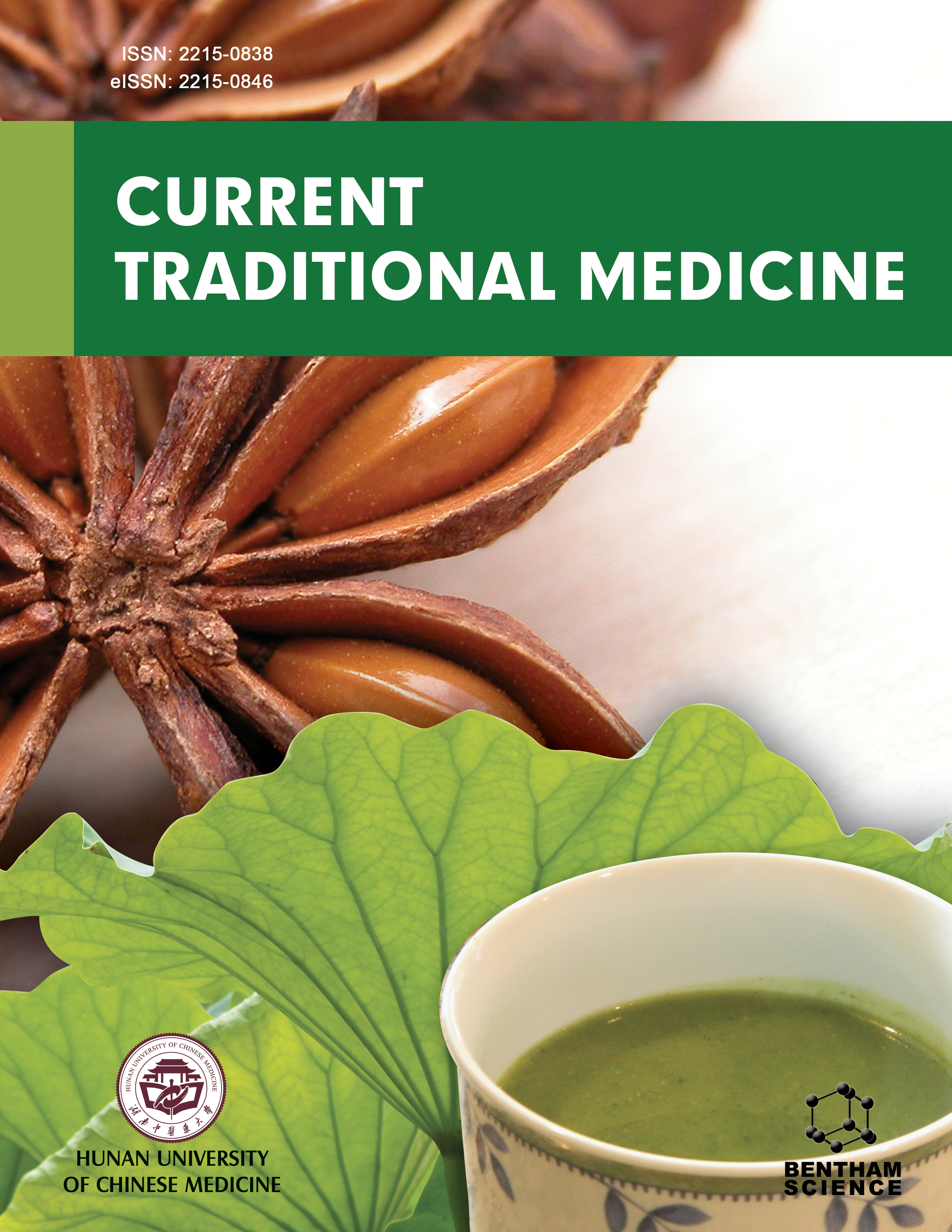
Full text loading...
We use cookies to track usage and preferences.I Understand

The safety and toxicity of Ayurvedic and herbal drugs have undergone extensive examination by researchers, with Ayurveda historically leading the charge in establishing safety parameters for medicinal practices. Against this backdrop, the present review aims to focus on the potentially harmful effects of improperly using Ayurveda herbs and herbo-mineral formulations. It considers how the emerging field of Ayurpharcoepidemiology can help with this urgent problem. Conducting a thorough investigation into this topic involved exploring ancient Ayurvedic texts like “Charaka Samhita, Sushruta Samhita, Ashtanga Hridaya, Sharngadhara Samhita, Madhava Nidanam, Bhava Prakasha, Ayurvedic formulary of India,” and “PubMed” with the keyword “Ayurveda Medicines and Safety”. It screened the published articles related to the safety of Ayurveda medicines. This comprehensive review highlighted the chronic awareness demonstrated by ancient Ayurvedic scholars regarding safety concerns, highlighting their dedication to advancing the Ayurveda system for safety. In response to these findings, there is a serious need to integrate Ayurpharmacoepidemiology as an interdisciplinary discipline bridging traditional wisdom with contemporary scientific methodologies. This integration can address the complexities of Ayurvedic and herbal medicine safety and reinstate Ayurveda's global prominence with safety as a paramount concern.

Article metrics loading...

Full text loading...
References


Data & Media loading...